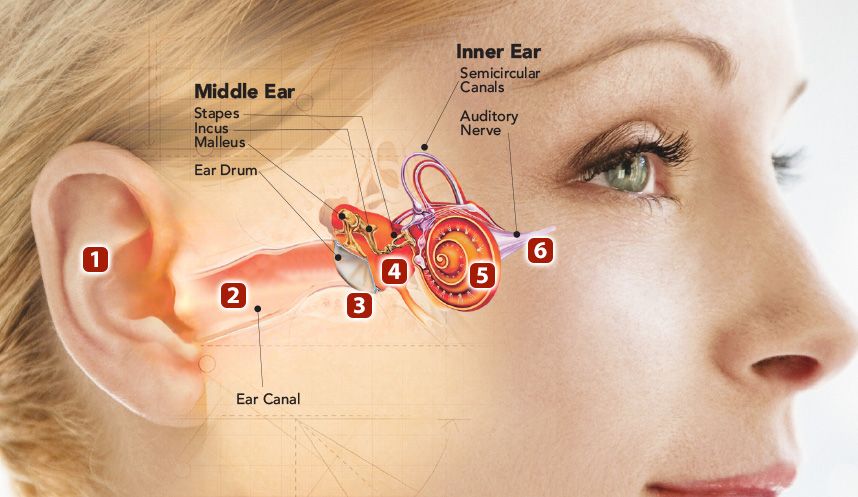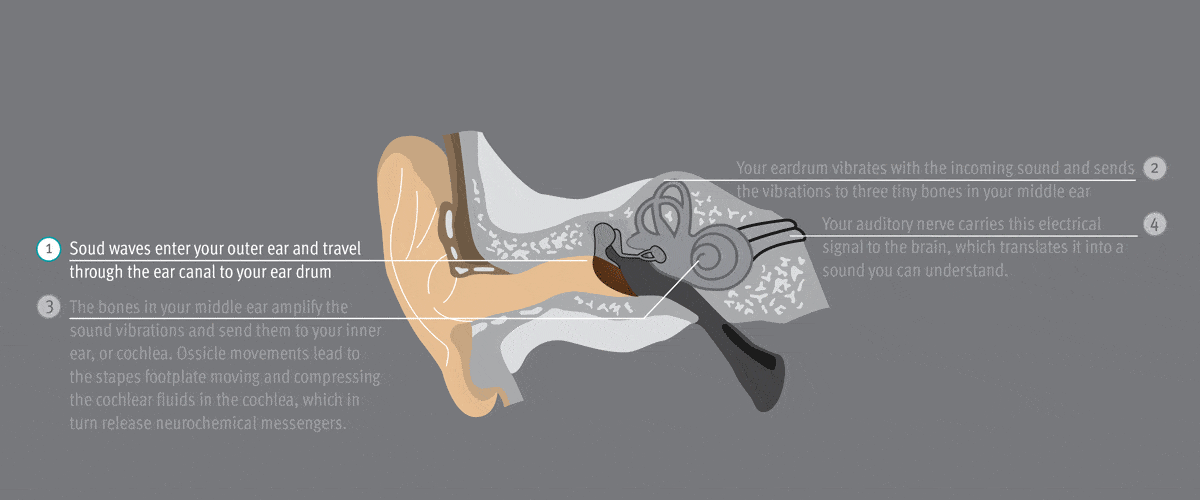Parts of the Ear & Hearing Loss Types
The ear is made up of three parts:
- the outer ear
- the middle ear
- the inner ear
Knowing how the ear works is important for understanding hearing loss. Hearing loss can be divided into three types depending on which part of the ear is affected.


Types of Hearing Loss
The three main types of hearing loss describe the underlying cause of the hearing loss and include sensorineural hearing loss, conductive hearing loss and mixed hearing loss.





